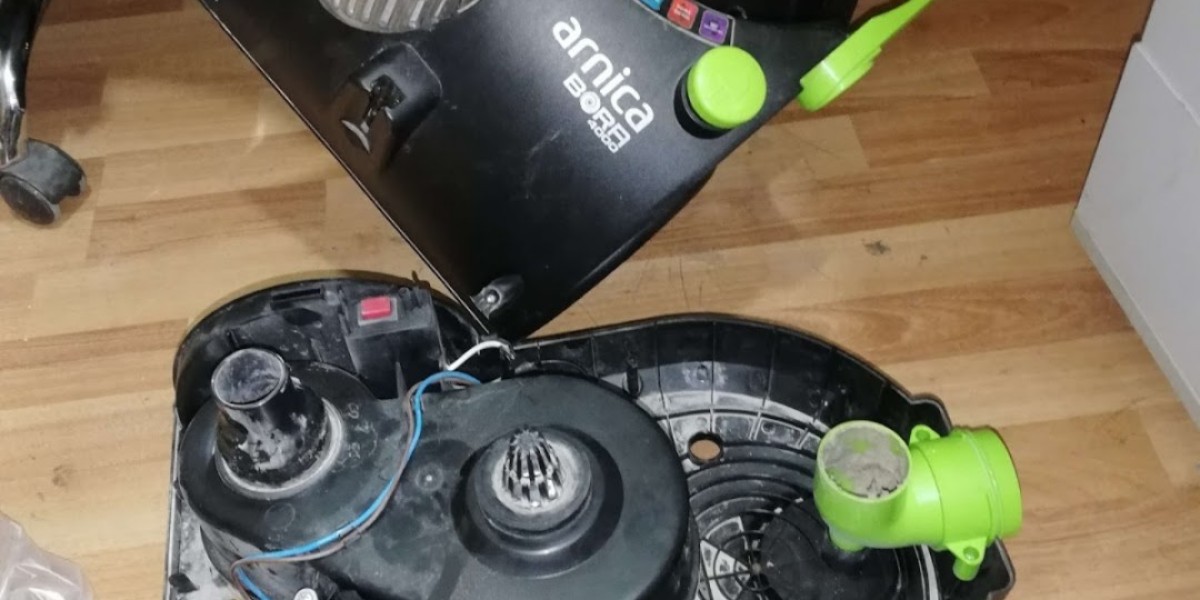The electrical insulation material market plays a crucial role in the safe and efficient operation of electrical systems across various sectors, including industrial, commercial, residential, automotive, and aerospace. These materials are essential for preventing electrical currents from unintended pathways, thereby reducing risks of short circuits, fire hazards, and system failures. As global energy demands increase and technology continues to evolve, the market for electrical insulation materials is witnessing significant growth.
Electrical insulation materials are non-conductive substances used to isolate electrical conductors, ensuring current flows only along desired paths. These materials are used in wires, cables, motors, transformers, and electronic devices. The market for these materials is expanding rapidly due to the rising need for efficient energy transmission, increased adoption of electric vehicles, growth in renewable energy projects, and stringent safety standards.
Electrical Insulation Material Market CAGR (growth rate) is expected to be around 5.32% during the forecast period (2025 - 2034).
Key Types of Electrical Insulation Materials
The market is broadly categorized based on material type, each with unique properties and applications:
- Thermoplastics – These include polyethylene (PE), polypropylene (PP), polyvinyl chloride (PVC), and fluoropolymers. They are widely used in cable insulation and are known for their flexibility, chemical resistance, and cost-effectiveness.
- Thermosets – Epoxy resins, phenolic resins, and polyester resins are examples. They offer excellent thermal stability, mechanical strength, and are commonly used in motor insulation, circuit boards, and switchgear.
- Ceramics and Glass – These materials are used in high-temperature and high-voltage applications such as insulators in power transmission lines due to their superior dielectric properties.
- Paper and Films – Used in transformers and capacitors, materials such as aramid paper, cellulose, and polyester films provide reliable insulation while being lightweight.
- Elastomers – Silicone rubber, ethylene propylene diene monomer (EPDM), and other elastomers are employed in harsh environments due to their flexibility, thermal resistance, and weatherproof nature.
Key players in the Electrical Insulation Material Market include:
TDK, Rogers Corporation, Saint-Gobain, Mersen, Corning, CeramTec, Dow Chemical, 3M Company, Evonik, Sumitomo Chemical, BASF, Henkel, DuPont, SABIC, Solvay.
Market Drivers
- Expansion of Electrical Infrastructure
With growing urbanization and industrialization, emerging economies are heavily investing in upgrading their electrical infrastructure. Smart grids, underground power distribution systems, and rural electrification projects are fueling the demand for advanced insulation materials. - Electric Vehicle (EV) Boom
The rapid growth of the EV market requires highly efficient insulation materials for batteries, motors, and power electronics. As automakers push for longer battery life, faster charging, and safer vehicle architectures, the use of specialized insulation materials has become critical. - Rise in Renewable Energy Projects
Solar, wind, and hydroelectric installations rely on electrical systems that must operate under challenging environmental conditions. Insulation materials that provide durability and reliability in these environments are essential, thereby boosting market growth. - Technological Advancements
Innovations in materials science are leading to the development of high-performance insulation materials with improved thermal conductivity, flame retardance, and eco-friendly characteristics. Nanotechnology and composite materials are opening new opportunities. - Regulatory Compliance and Safety Standards
Governments and international bodies have implemented stringent regulations related to fire safety, energy efficiency, and environmental impact. These regulations encourage the use of high-quality insulation materials that conform to established safety standards.
For More Information Request for Sample PDF
Market Challenges
- Raw Material Price Volatility
The cost of petroleum-based products, metals, and specialty chemicals used in insulation materials can fluctuate, affecting manufacturing costs and profit margins. - Environmental Concerns
Traditional insulation materials such as PVC and certain flame retardants have raised environmental and health concerns. The industry is under pressure to develop and adopt greener alternatives. - Technological Barriers in Emerging Markets
Although demand is high, some regions face challenges related to lack of awareness, skilled labor, and technical knowledge in handling advanced insulation materials. - High Initial Investment
Advanced insulation materials often require sophisticated production processes, which involve significant capital investment. This can be a barrier, particularly for small-scale manufacturers.
Future Trends
- Eco-Friendly Materials
With rising environmental concerns, manufacturers are focusing on biodegradable and recyclable insulation materials. Bio-based polymers and halogen-free flame retardants are gaining traction. - Integration with Smart Technologies
Smart insulation materials embedded with sensors for real-time monitoring of temperature, voltage, and system health are likely to become mainstream, especially in critical applications. - Miniaturization and High-Density Electronics
As electronic devices become smaller yet more powerful, there is a growing need for high-performance insulation materials that can perform under limited space and higher thermal loads. - Digital Transformation and Industry 4.0
Automation and digitization in manufacturing are enhancing the production efficiency of insulation materials, enabling better quality control and customization.
Contact Us:
Market Researcnh Future (Part of WantStats Research and Media Pvt. Ltd.)
Contact Number. +91 2269738890
Email: sales@marketresearchfuture.com







